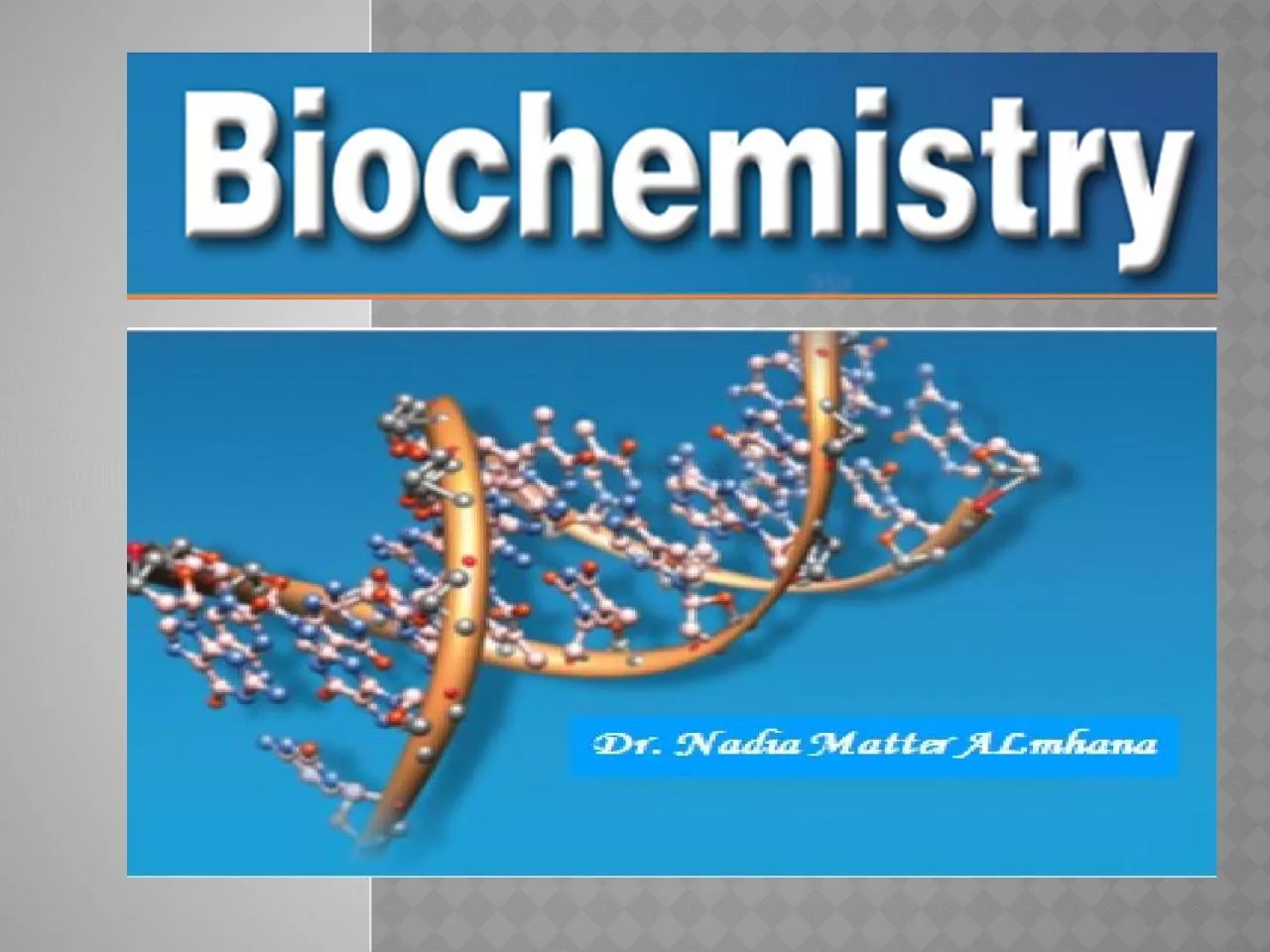

A Peptides are compounds formed of less than 50 amino acids linked together by peptide bonds 1 Dipeptide 2 amino acids and one peptide bond 2 Tripeptide 3 amino acids and two peptide bonds ID: 1012036
Download Presentation The PPT/PDF document "Peptides 1 . Definition:" is the property of its rightful owner. Permission is granted to download and print the materials on this web site for personal, non-commercial use only, and to display it on your personal computer provided you do not modify the materials and that you retain all copyright notices contained in the materials. By downloading content from our website, you accept the terms of this agreement.
1.
2. Peptides1. Definition:A. Peptides are compounds, formed of less than 50 amino acids linked together by peptide bonds.1. Dipeptide (2 amino acids and one peptide bond).2. Tripeptide (3 amino acids and two peptide bonds).3. Oligopeptide (3-10 amino acids).4. Polypeptide (10-50 amino acids).B. Peptide bond:1. It is a covalent bond formed between the carboxyl group of one amino acid and α- amino another.2. It is formed by removal of water.3. Peptide formation needs energy, getting from hydrolysis of a high energy phosphate compound e.g. ATP.4. Peptide bond is semi-rigid bond i.e. no free rotation can occur around bond axis.
3. ProteinsProteins are macromolecules that play many roles such as serving as enzymes or components of cell membranes and muscle. The antibodies that protect against invasion by foreign substances are themselves proteins. There are twenty-odd amino acids found regularly in most naturally occurring proteins. Because of the great length of protein chains and the various sequences of amino acids, the theoretical number of possible proteins is astronomical. The amino acid sequence is referred to as the primary structure of a protein. The polypeptide chain is usually coiled or folded to provide secondary structure to the molecule, and linkages through other functional groups (mainly disulfide bonds) form the tertiary structure. For some protein molecules, there may be spatial arrangement forming defined aggregates, known as the quaternary structure of proteins. For a polypeptide polymer to have biological activity a certain molecular arrangement is necessary. This requires not only the primary and secondary but also tertiary and sometimes quaternary structure. Such a strict structural requirement explains the high specificity of proteins. In the presence of certain chemical reagents, excessive heat, radiation, unfavorable pH, and so on, the protein structure may become disorganized. This is called denaturation and may be reversible if not too severe.
4. 1. PRIMARY STRUCTURE OF PROTEINSThe sequence of amino acids in a protein is called the primary structure of the protein. Understanding the primary structure of proteins is important because many genetic diseases result in proteins with abnormal amino acid sequences, which cause improper folding and loss or impairment of normal function. If the primary structure s of the normal and the mutated proteins are known, this information may be used to diagnose or study the disease.Figure 8: Primary Structures Structure of ProteinsThe 20 amino acids commonly found in proteins are joined together by peptide bonds. The line is sequence of the linked amino acids contains the information necessary to generate a protein molecule with a unique three -dimensional shape. The complexity of protein structure is best analyzed by considering the molecule in terms of four organizational levels: primary, secondary, tertiary, and quaternary (Figure 8-11).
5. 2. SECONDARY STRUCTURE OF PROTEINSThe polypeptide backbone does not assume a random three-dimensional structure but, instead, generally forms regular arrangements of amino acids that are located near each other in the linear sequence. These arrangements are termed the secondary structure of the polypeptide. The α-helix, β-sheet, and β-bend (β-turn) are examples of secondary structures commonly encountered in proteins. [Note: The collagen α-chain helix, another example of secondary structure.3. TERTIARY STRUCTURE OF GLOBULAR PROTEINSThe primary structure of a polypeptide chain determines sits tertiary structure. “Tertiary” refers both to the folding of domains, and to the final arrangement of domains in the polypeptide. The structure of globular proteins in aqueous solution is compact, with a high density (close packing) of the atoms in the core of the molecule. Hydrophobic side chains are buried in the interior, whereas hydrophilic groups are generally found on the surface of the molecule.Figure 9: Secondary StructuresFigure 10: Tertiary Structures
6. 4. QUATERNARY STRUCTURE OF PROTEINSMany proteins consist of a single polypeptide chain and are defined as monomeric proteins. However, others may consist of two or more polypeptide chains that may be structurally identical or totally unrelated. The arrangement of these polypeptide subunits is called the quaternary structure of the protein. Subunits are held together primarily by non-hydrophobic interactions). Subunits ma y either function independently of each other or may work cooperatively, as in hemoglobin, in which the binding of oxygen to one subunit of the tetramer increases the affinity of the other subunits for oxygen.Figure 11: Quaternary Structures
7.